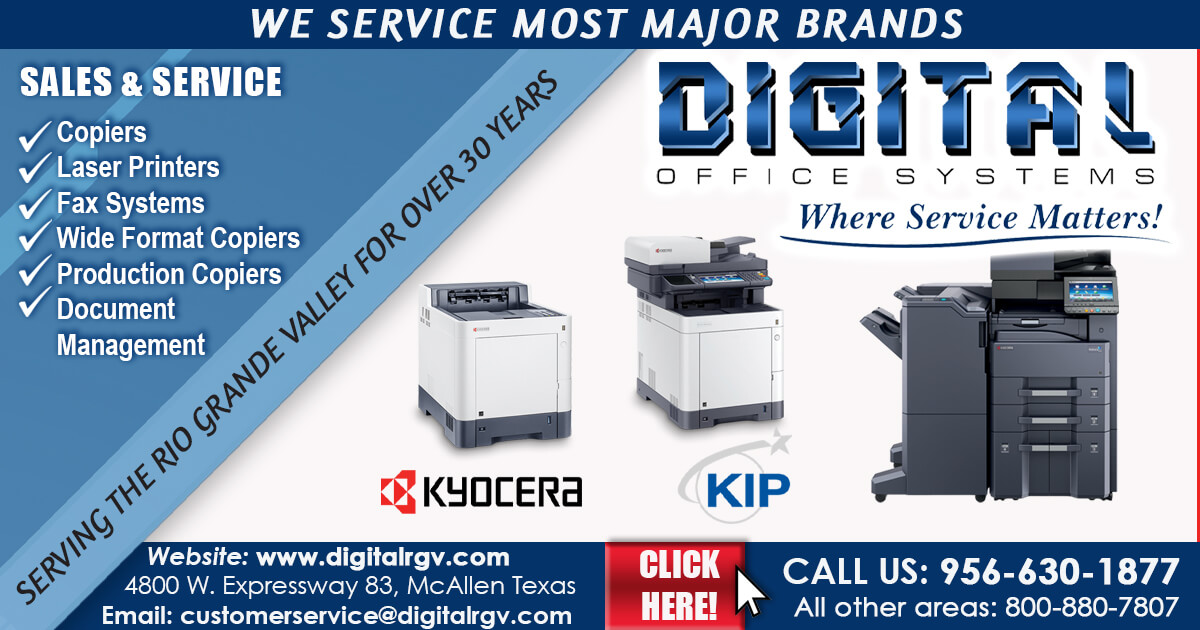
Texas Border Business
By Pamela Kaur
Customer retention plays a key role in a business’s long-term success. The goal should be to build a loyal group of customers from which you continue to generate incremental revenue. After all, it costs more to acquire a new customer than it does to retain an existing one.
If previous customers leave as you attract new ones, you are not building a sustainable company. You have to aim to increase not just new, but also repeat customers. Losing customers can point to product issues or a poor customer experience. That’s why customer feedback is so important.
Track KPIs such as:
- Customer attrition rate: the number of customers you lose in a specific time frame
- Customer retention rate: the number of acquired customers who stay with your company over a specific time frame
- Repeat customer rate: do existing customers make more than one purchase
- Purchase frequency: the average number of orders per customer
Will Your Customers Make Referrals?
Referrals are a great way to attract new customers. When customers have a great experience, they’re more likely to recommend your business to people they know and share with on social channels. People are more likely to opt for a product or service that others have already recommended.
Marketing is expensive. Referrals from existing customers is a great cost-effective alternative that requires minimal financial investment. If you choose to invest a little more, referral programs and customer loyalty programs can be a great way to reward and incentivize customers to make referrals and boost your customer relationships.
Ask your customers for referrals, either directly or through anonymous surveys. Make sure to encourage follows, engagement, and shares on social media as well. Ensure you have a way to keep track of all customers acquired through referrals.
Who Are Your Most Valuable – and Most Costly – Customers?
Some customers provide more revenue than others, but that doesn’t always mean they’re more profitable. High-revenue customers can be expensive to keep if there’s a high cost associated with serving them. Maybe they stock up only on sale items or discounted goods, or maybe they eat up resources by requiring a lot of time, attention, or assistance.
Just because a customer adds to your top line doesn’t mean they’re helping your bottom line. Customers who monopolize your resources can ultimately prevent you from being able to service others and impact your profitability.
Review your gross profit by customer, and check with your employees as to which customers require the most resources. Keep in mind that helping customers is a key part of running a business, but it shouldn’t overburden how the business operates. Calculate KPIs such as customer value, or the amount of profit you can expect to generate from a customer over the time they are a customer. This will help you get a sense of the most profitable customers.
Is Your Social Media Strategy Effective?
Social media can be a great way to reach customers where they spend their time. A strong social media strategy with engaging content can help build brand awareness, generate leads, and grow your audience.
Social media can definitely be a time suck if you’re posting without a good strategy, then there is no rhyme or reason to it – especially if you’re not seeing a return on those efforts.
An effective strategy looks at more than vanity metrics such as ‘likes.’ Engagement is the key. Use social analytics and listening tools to determine what’s driving engagement and website traffic.
Pamela Kaur is an Assistant District Director and SCORE Mentor and leads business turn-arounds and strategy for a hedge fund. She can be reached at pamela.kaur@scorevolunteer.org
SCORE, an arm of the SBA (Small Business Administration), provides free workshops and mentoring for small businesses. If you have any questions about your business – structure, funding, cash flow, budgeting, employees, marketing etc please email us. We will respond to all questions.
See Related Stories:
















